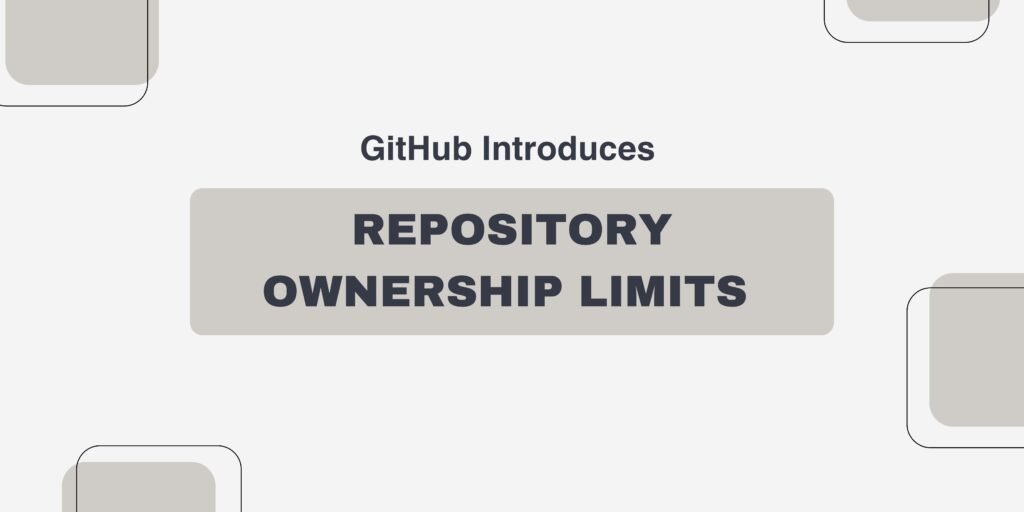Starting April 28th, 2025, GitHub will enforce a new limit of 100,000 repositories per owner. This cap applies to both user accounts and organizations and is designed to ensure platform security and reliability while maintaining high-quality user experiences.
Why the Limit?
The decision to introduce repository ownership limits stems from GitHub’s commitment to keeping its platform safe and efficient. Large-scale repository ownership can strain infrastructure and degrade the performance experienced by administrators and users. By implementing the 100,000-repository cap, GitHub aims to maintain a smooth, reliable, and secure environment for everyone.
Further details on the impact of exceeding 100,000 repositories and the associated performance challenges are available in GitHub’s documentation on repository limits.
Notification Process
GitHub has designed a proactive notification system to assist users approaching the new limit:
– When an account surpasses 50,000 repositories, a banner will alert the owner of the upcoming restriction.
– Administrators will receive email notifications.
– The audit log will reflect updates every additional 5,000 repositories created.
Temporary Exemptions and Solutions
For accounts at or near the 100,000-repository limit, GitHub offers guidance to help reduce repository counts. Temporary exemptions will also be available, ensuring seamless operations. If additional repositories are required, owners can distribute them across multiple organizations.
Resources to Manage Repositories
Since its launch in 2023, GitHub’s stale repos action has empowered organizations to identify and report inactive repositories. This tool remains available to help users optimize repository usage and prepare for the upcoming changes.
For more information and comprehensive guidance on navigating these limits, visit GitHub’s documentation.



